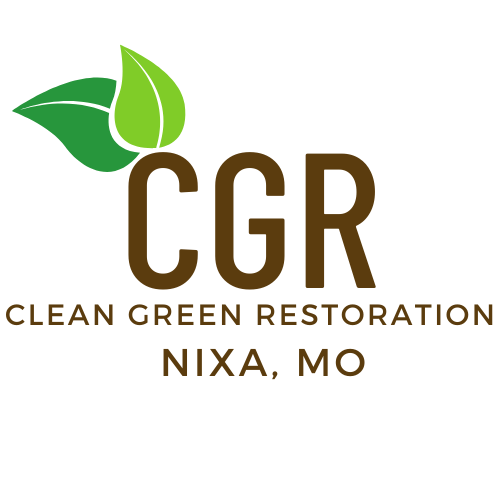
FAQ
-
Why is smoke residue just as dangerous as the flames of a fire?
Smoke residue also known as soot, is a mixture of tiny particles and chemicals that are produced by incomplete combustion. Smoke residue can contain toxic substances such as carbon monoxide, benzene, formaldehyde, and heavy metals. Exposure to smoke residue can cause respiratory problem, skin irritation, headaches, nausea, and other health issues. Smoke residue can also damage the surfaces and materials of the property, causing discoloration, corrosion, and odors.
-
What is Fire damage restoration?
Fire damage restoration involves cleaning up a property after a disaster, then rebuilding it. Once hazardous materials are removed from the property, restoration experts can start returning your home to its original state.
-
What happens during fire damage remediation?
During fire damage remediation, the restoration team will assess the damage and create a plan for cleanup and restoration. They will remove any debris and clean up any soot or smoke residue. They will also use specialized equipment to remove any water or moisture that may have been used to put out the fire.
-
What does CGR do to be more Eco friendly when it comes to fire restoration?
We use eco- friendly products when we can and equipment that are safe for people and the environment. We also recycle materials that have been removed during the restoration process.
-
Does Insurance cover fire damage restoration?
Most homeowners’ insurance policies cover fire damage restoration, but the coverage may vary depending on the policy terms and conditions. Some policies may have limits or exclusions on certain types of damage or expenses. It is important to review your policy carefully and contact your insurance company as soon as possible after a fire to file a claim and get an estimate.
-
Is fire damage restoration always possible?
Unfortunately, no. Fire damage restoration is not always possible. Some fires may cause too much structural damage or contamination that makes the property unsafe or unsalvageable. In such cases, demolition and reconstruction may be the only option.
